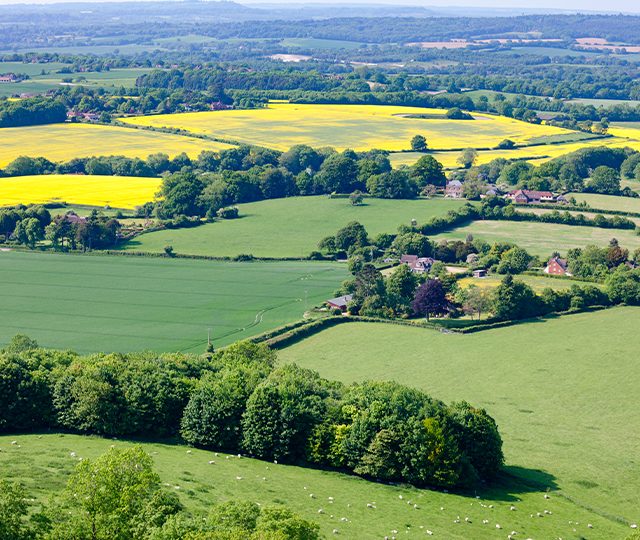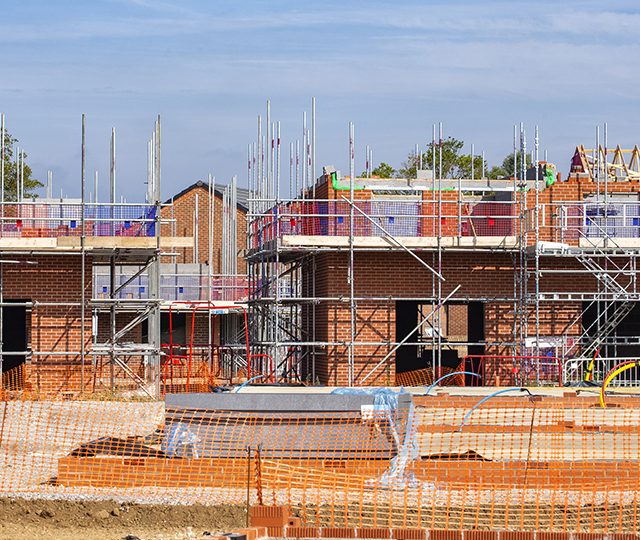Class MA permitted development rights
The government has introduced new permitted development rights to allow for the change of use from commercial, business use and service use (Class E) to residential use (Class C3), opening up new opportunities for farmers and landowners.
It follows a shakeup of use classes in September 2020, when a new Class E definition was introduced to cover a wide range of uses. Class E replaced the previous use classes of A1, 2 and 3 (retail, financial services and cafés/restaurants); B1a, b and c (offices, research establishments and light industry) and D1 and 2 (health clinics, nurseries and gyms).
The idea behind having a new wider Class E designation was to allow buildings to be used more flexibly, without needing to seek planning permission. However, it should be noted that not all commercial activities fall within Class E, for example, B2 (general industrial) and B8 (storage and distribution) use classes remain unchanged and therefore will be excluded from Class MA permitted development rights.
The new Class MA rights will take effect from 1 August 2021, with existing arrangements for the change of use from offices and retail to residential applying until then.
It will apply to buildings that have been in commercial, business and service use for two years and have been vacant for three continuous months prior to the application for prior approval.
There is a 1,500 square metre limit on the amount of floor space that can be switched to residential use in any building.
The right will be subject to the prior approval by the local planning authority in respect to:
- transport impacts of the development, particularly to ensure safe site access;
- contamination risks in relation to the building;
- flooding risks in relation to the building;
- impacts of noise from commercial premises on the intended occupiers of the development;
- impact on the character and sustainability of a conservation area;
- the provision of adequate natural light in all habitable rooms of the dwellinghouses;
- the impact residents of the development in an area the authority considers to be important for general or heavy industry, waste management, storage and distribution, or a mix of such uses
- the impact of the loss of services such as health centres and registered nurseries.
Unlike other permitted development for residential use, these new rights apply to buildings in conservation areas.
Development must be completed within a period of three years starting with the prior approval date.






